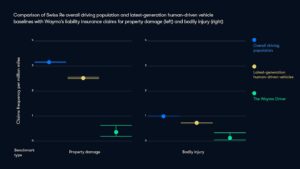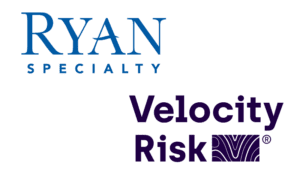What is a Grade 3 pannus?
What is a Grade 3 pannus?
Grading of abdominal panniculus Grade 1: Panniculus barely covers the hairline and mons pubis but not the genitalia. Grade 2: Extends to cover the genitalia. Grade 3: Extends to cover the upper thigh. Grade 4: Extends to cover the mid thigh. Grade 5: Extends to cover the knees or beyond. Dec 12, 2011
Do I qualify for a Panniculectomy?
You may be a candidate for a panniculectomy if you: have recently lost a large amount of weight and have loose belly skin that you want to remove. are experiencing hygiene issues from excess skin hanging below the pubic region. keep getting ulcers, infections, and other related issues under the hanging skin. May 17, 2019
Who is a candidate for Panniculectomy?
The best candidates for panniculectomy are men and women who are in relatively good health but are bothered by a large fat deposit or loose abdominal skin that will not respond to diet and exercise.
How much weight do you lose after a Panniculectomy?
Results: Average abdominal skin resection was 16.1 pounds, ranging from 10.3 to 49 pounds. Hernia repair was necessary in 13 patients. Additional surgery performed at the time of panniculectomy included skin reduction surgery of the back (40 percent), chest (32 percent), inner thigh (28 percent), and arm (28 percent).
How do I get rid of pannus?
Surgical removal is the only way to get rid of the panniculus, which doesn’t respond to diet or exercise. Although weight loss can help decrease the fatty deposits, extra skin often remains behind.
Is a sliding genioplasty painful?
Many patients are pleasantly surprised to find out that genioplasty is not a particularly painful procedure. Your surgeon will prescribe the appropriate pain medication, as you will still experience discomfort in the days following surgery. Mar 21, 2022
Does bone grow back after genioplasty?
Bone will grow back over time and fill this gap. To make your chin shorter, they remove the wedge of bone and reattach your chin to the rest of your jaw. If you’re having your chin moved forward, surgery may create a “step” in the bone.
Can genioplasty fix sleep apnea?
Sliding Genioplasty surgery is a type of chin augmentation that can help with snoring and obstructive sleep apnea (OSA). The procedure is also known to dramatically improve the balance, proportion and harmony of a patient’s facial features.
How common is sliding genioplasty?
Genioplasty is a relatively popular procedure, accounting for 39% of all plastic surgery procedures. In 2019, a report from the American Society of Plastic Surgeons showed that most patients who underwent chin surgery were over 55 years old. Feb 25, 2021
Which is better genioplasty or implant?
Obviously, genioplasty is a very aggressive surgery and will have more significant risks compared to a chin implant. One, there is a higher risk of bleeding since the bone is cut. Rarely, this bleeding can be difficult to control . One has to extremely precise to achieve a good cosmetic result. Nov 7, 2017
Will genioplasty improve jawline?
Well, the answer is definitely yes. Numerous studies can support that undergoing chin surgery enhances or improves the jawline making it look more natural. May 19, 2021
How many genders are there?
The two gender identities most people are familiar with are boy and girl (or man and woman), and often people think that these are the only two gender identities.
When can I shower after top surgery?
Doctors typically recommend NOT showering for 8 days or after the graft dressings have been removed. When you begin to shower, you’ll need to avoid exposing the treated areas to direct water streams. Take care when drying by only patting the treated areas gently or air drying and reapplying any dressings or ointments. Nov 21, 2016
How painful is top surgery?
You may feel some pain for the first couple of days—especially when you move around or cough—and some discomfort for a week or more. Your surgeon will prescribe medication to lessen the pain.
How long until you can lift your arms after top surgery?
For 4 weeks after surgery, you should not lift your arms greater than 90 degrees away from your body or over your head. You should also not push, pull, or lift anything greater than 5 pounds during these 4 weeks. This ensures your scar will heal well and not stretch and become larger.



